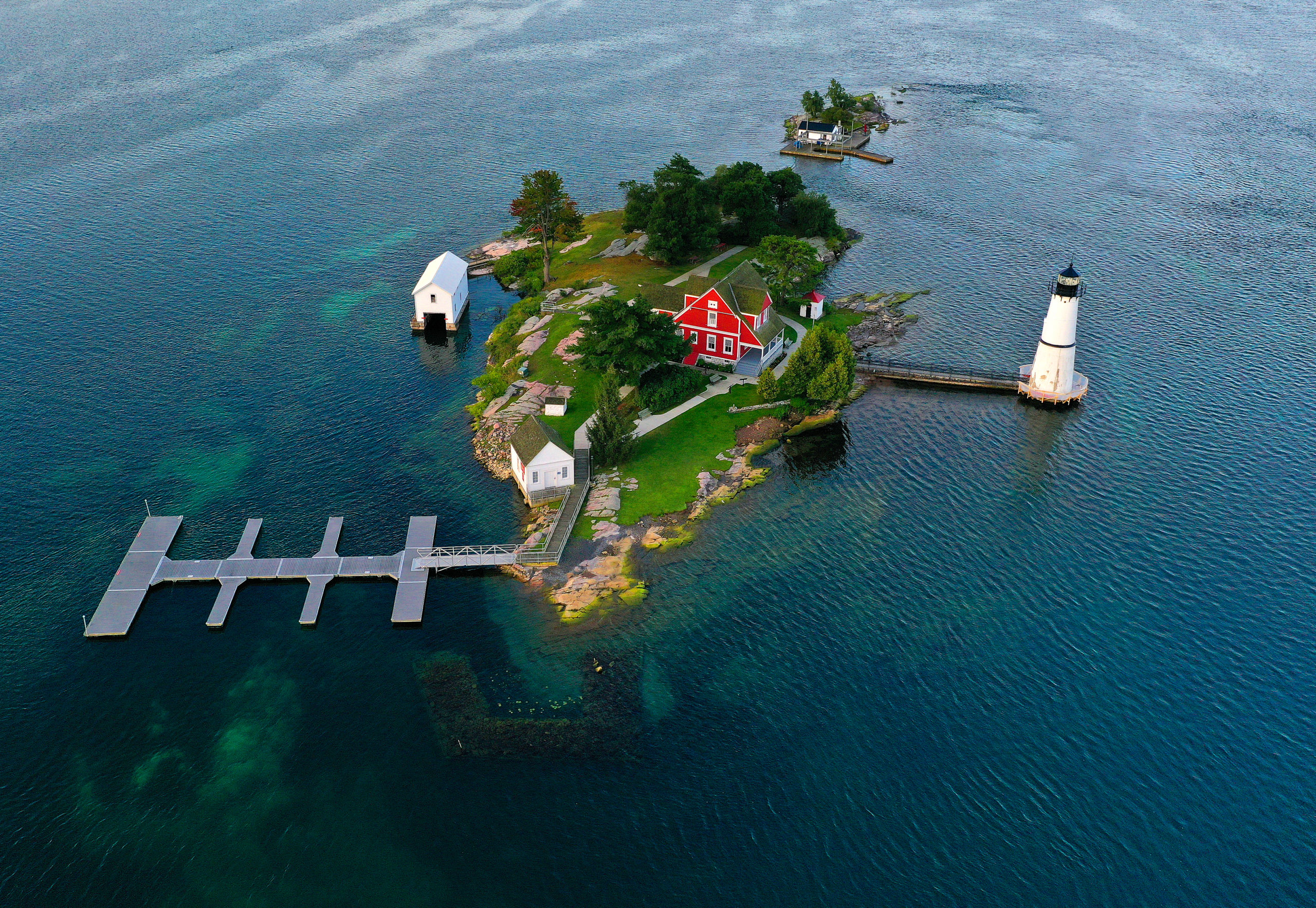

It is a moderately-sized island but supports only a small population, as much of the. To the south-east is Abulu, known otherwise as the Isle of Women. To its south is the isle of Walano and the port of Last Lament. “It’s incredible how much energy went into them,” he observed. Stone Head is the northernmost isle in the archipelago known as the Summer Isles. If their primary function was to indicate or claim ownership of a fresh water source, Lipo said, a simpler construction would surely suffice. Next, the researchers hope to further understand why such vast, elaborate statues were constructed. “Building the statues wasn’t inexplicable behavior, but something that was not only culturally significant but central to their survival,” Lipo said. The findings suggest that Rapa Nui’s moai and ahu were valuable beyond their ancestral significance to the island’s early people, the study authors concluded.

Inland statues, too, could be connected to fresh water: they were found to be situated near caves, or other fresh water sources. That explained the high concentration of moai and ahu along the coast, the researchers inferred. We’d see horses drinking out of the ocean, and it turned out they knew exactly where the fresh water was coming out,” said Lipo. “Fresh water would literally come out right between the coast and the ocean in a stream. They discovered that it emerged from underground in areas along the coast, through a process called groundwater discharge. The research team mapped the island – which has no streams or springs – for sources of fresh water. While both marine resources and fresh water sources were found near the ahu, the researchers concluded only the latter was significant after all, both typically occur in the same locations and fresh water was much less widely available.Įaster Island limits tourism in preservation efforts There proved to be no significant correlation between the location of the ahu and the presence of nearby gardens, suggesting that the ahu were not situated in order to monitor or signal control over these resources. They analyzed the natural resources near the ahu, focusing on rock mulch gardens in which crops like sweet potatoes were grown, marine resources including sites for fishing, and sources of fresh water. Researchers from six US institutions isolated an eastern area of Rapa Nui, containing 93 ahu. Study co-author Carl Lipo, professor of anthropology at Binghamton University, New York, told CNN: “That knowledge would tell us something about how the early people of Rapa Nui used the landscape and what they found important.” The authors of the new study, published in the journal PLOS One, sought to understand the distribution of the ahu in order to further understand their creators. They then went on to construct more than 300 ahu and almost 1,000 moai, which are believed to represent significant ancestors. New theory paints more sophisticated picture of ancient Easter Island


 0 kommentar(er)
0 kommentar(er)
